Mercado Folclórico de Cinco Días de Moran (모란민속5일장)
13.4Km 2025-06-18
Dunchon-daero 68, Jungwon-gu, Seongnam-si, Gyeonggi-do
Najugomtang&Oudon (나주곰탕&오우돈)
13.4Km 2021-03-30
19, Sinchon-ro 18-gil, Mapo-gu, Seoul
+82-2-336-6824
It is a place where you can eat a variety of Korean dishes. The best menu at this restaurant is Naju beef bone soup. This Korean dishes restaurant is located in Mapo-gu, Seoul.
Samho Bokjip - Sinchon Branch (삼호복집 신촌)
13.4Km 2021-03-19
10, Yonsei-ro 5da-gil, Seodaemun-gu, Seoul
+82-2-337-9019
A blowfish specialty restaurant located in Sinchon, Seoul. A restaurant specializing in blowfish dishes. The most famous menu is tiger puffer fish.
Samho Bokjip (삼호복집)
13.4Km 2020-01-07
10, Yonsei-ro 5da-gil, Seodaemun-gu, Seoul
+82-2-337-9019
Opened in 1976, Samho Bokjip specializes in food that uses puffer fish as the main ingredient. The restaurant uses fresh vegetables and savory broth to bring out the best flavors of a puffer fish.
Gogi Changgo (고기창고)
13.4Km 2021-03-30
34-4, Yonsei-ro 7-gil, Seodaemun-gu, Seoul
+82-2-323-9090
A famous meat restaurant, with a history of 20 years in Shinchon. The best menu at this restaurant is grilled pork belly. This BBQ restaurant is located in Seodaemun-gu, Seoul.
Yabai (야바이)
13.5Km 2021-03-26
37, Yonsei-ro 7an-gil, Seodaemun-gu, Seoul
+82-70-8875-1024
This is a place where you can enjoy Japanese dishes and fusion dishes. This Japanese (cuisine) restaurant is located in Seodaemun-gu, Seoul. The representative menu is okonomiyaki.
Museo de Historia Natural de Seodaemun (서대문자연사박물관)
13.6Km 2025-05-21
Yeonhui-ro 32-gil 51, Seodaemun-gu, Seúl.
Es el primer Museo de Historia Natural construido por el gobierno coreano. Es educativo y enseña cómo convivir armoniosamente con la naturaleza. Todo el año organiza programas para niños y jóvenes sobre el tema de la naturaleza, siendo también un lugar de descanso para todos los ciudadanos. Muchas entidades gubernamentales de Asia visitan este lugar para hacer benchmarking. La sala 1 abarca el tema de "La naturaleza y el hombre"; la sala 2, "La evolución de la naturaleza"; y la sala 3 trata sobre la Tierra y el medio ambiente.
9ounce Burger (나인온스버거)
13.6Km 2021-03-26
109, Gwanak-ro 12-gil, Gwanak-gu, Seoul
+82-70-8692-9020
It is a restaurant serving authentic American homemade burger. This restaurant's signature menu is house-made burger. This Western dishes restaurant is located in Gwanak-gu, Seoul.
Mercado de Pescados y Mariscos de Noryangjin (노량진수산물도매시장)
13.6Km 2024-01-25
Nodeul-ro 674, Dongjak-gu, Seúl.
Este mercados es un importante nexo distribuidor de productos pesquero en la ciudad de Seúl, inaugurado en 1927. Además, es el mercado mayorista más grande de Corea. Desde antes de entrar al recinto podrá sentir el fuerte olor del mar y el pescado. Se quedará impresionado por la escena dinámica de los comerciantes y compradores. Durante los 365 días del año podrá encontrar almejas, cangrejos, calamares, pulpos y otros mariscos y pescados frescos a un precio muy asequible. Además de comprar y llevárselo a casa, también podrá degustar los pescados crudos rebanados en el mismo mercado. Lo único que deberá hacer es comprar el pescado, llevarlo a algún restaurante.
Festival del Rosedal del Gran Parque de Seúl (서울대공원 장미원 축제)
13.6Km 2024-05-17
Daegongwongwangjang-ro 102, Gwacheon-si, Gyeonggi-do.
02-500-7022
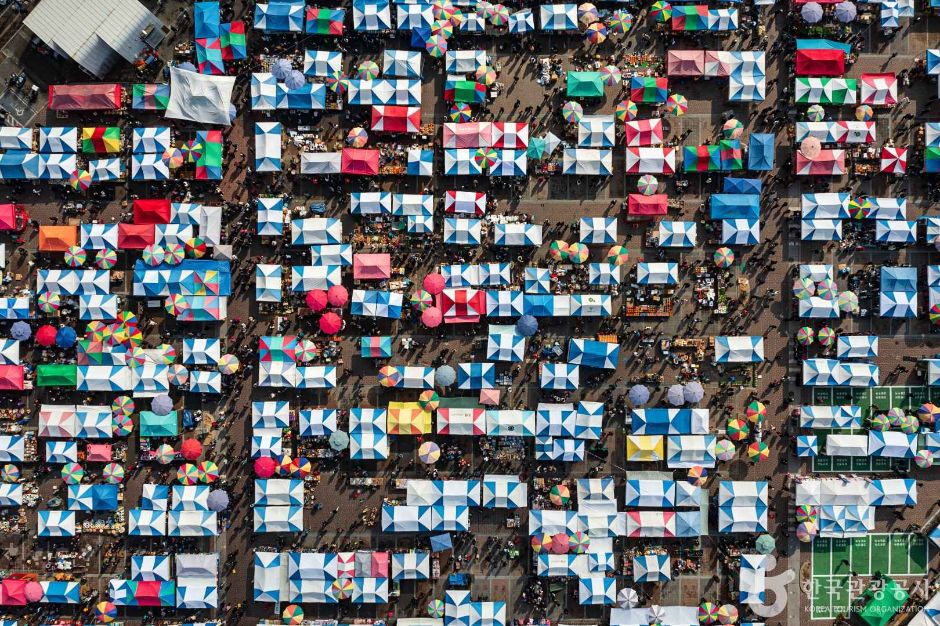
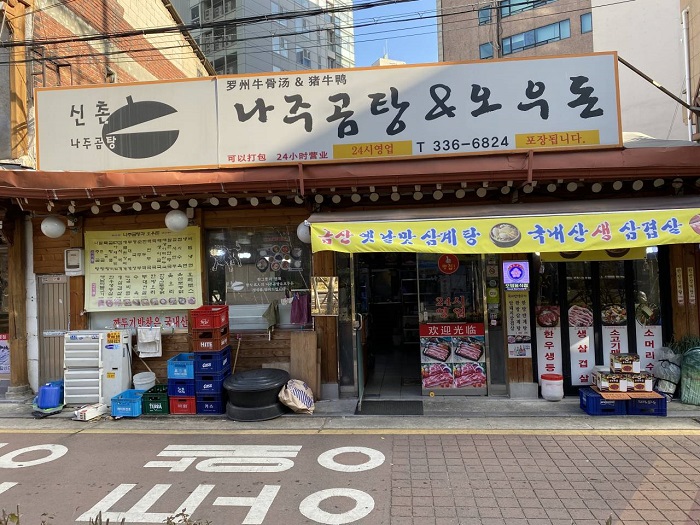
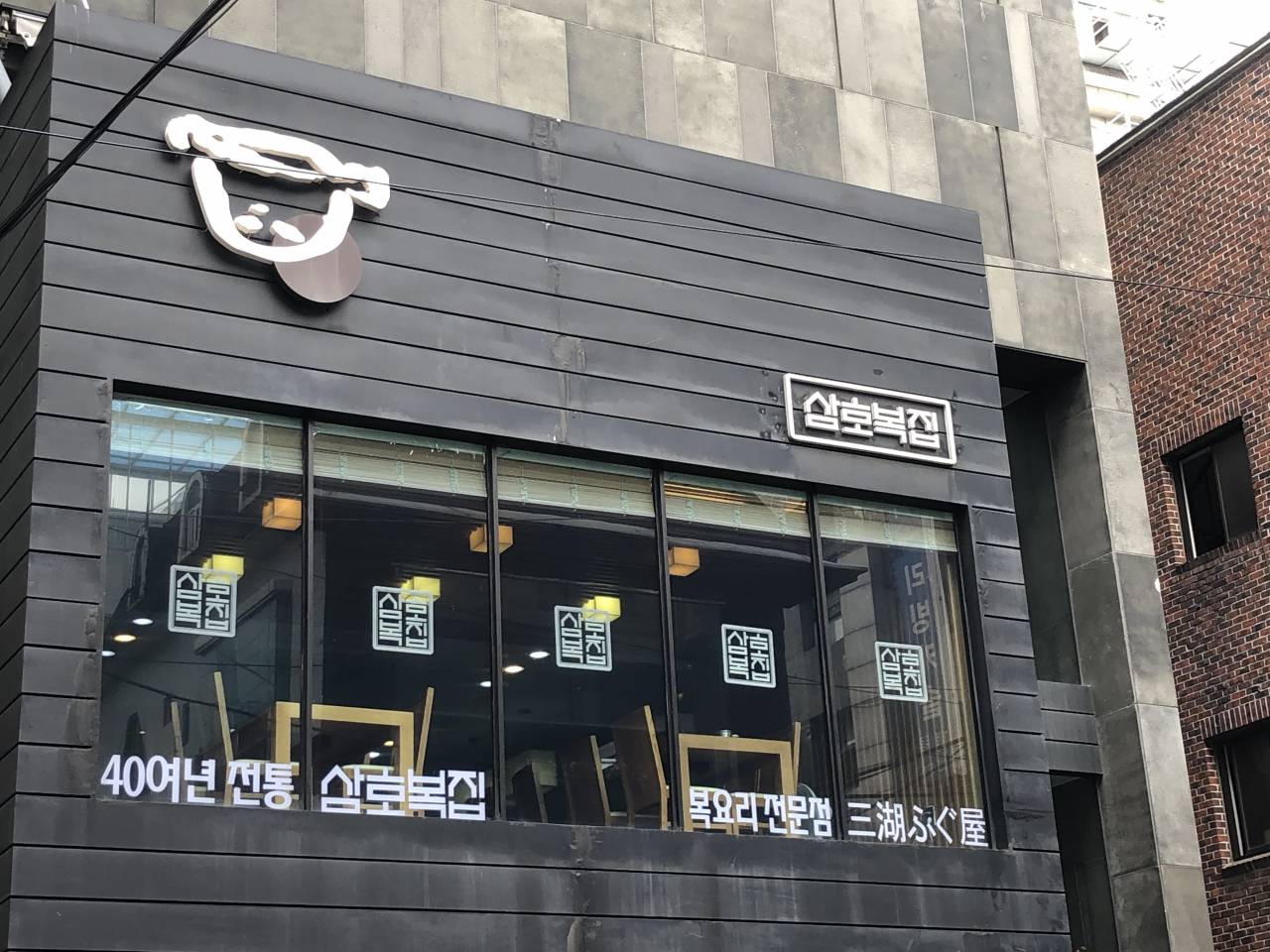
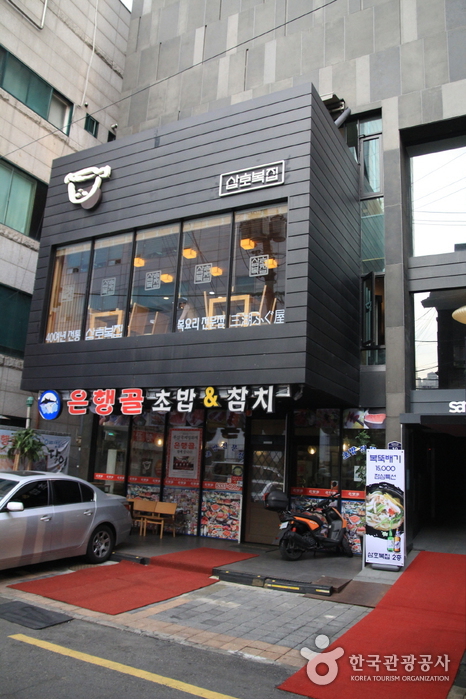

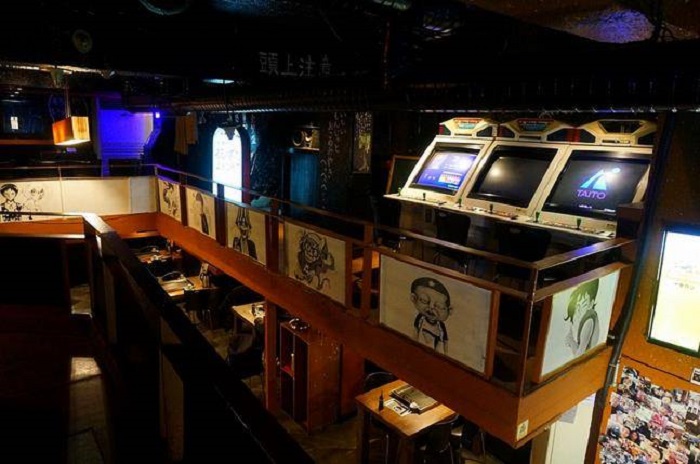
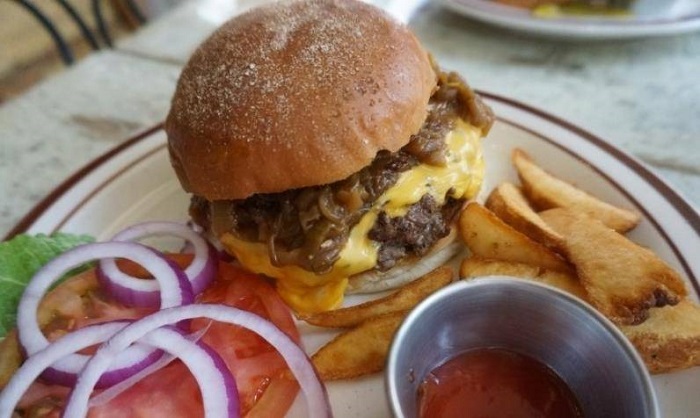
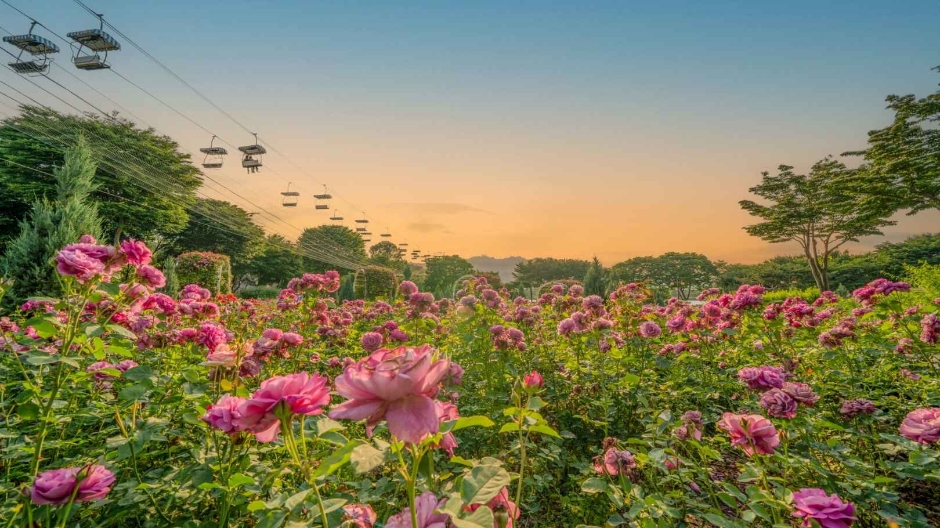
 Español
Español
 한국어
한국어 English
English 日本語
日本語 中文(简体)
中文(简体) Deutsch
Deutsch Français
Français Русский
Русский